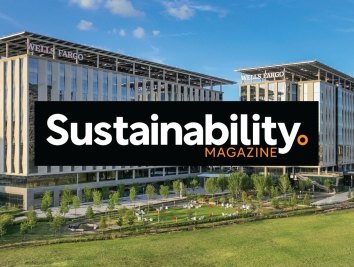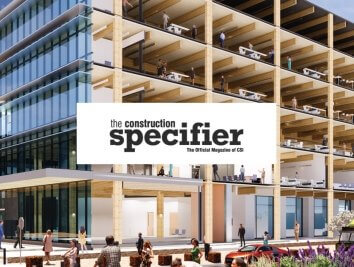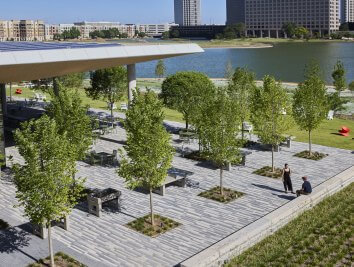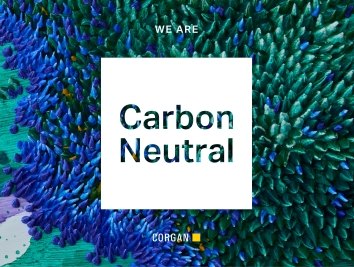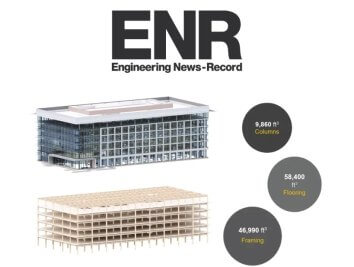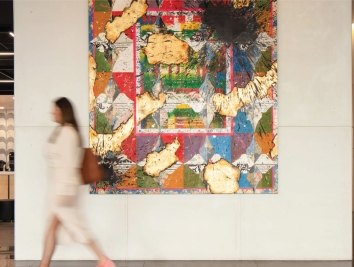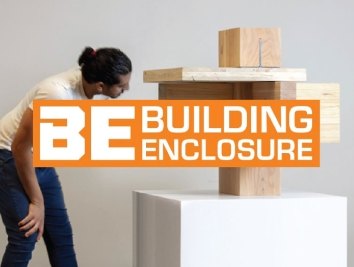Scatter Brained?
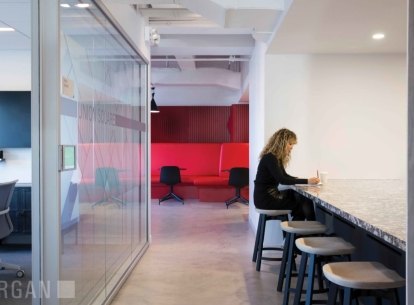
Multitasking isn't just inefficient, it's bad for your health.
Designed for faster, better work.
Technology has opened a world of possibilities and enabled an agile, connected, and collaborative workplace. Conversely, technology has the potential to hurt us as human beings. As architects and designers, we are challenged to stretch an office’s functionality to help employees be more productive with on-demand connectivity that keeps work at their fingertips. Outlets built into lounge furniture, wi-fi throughout, pop-up screens and hot desks, and unconventional writing surfaces capture the next big idea anywhere, anytime. However, increased productivity can lead to multi-tasking, which can lead to too many interruptions during the day.
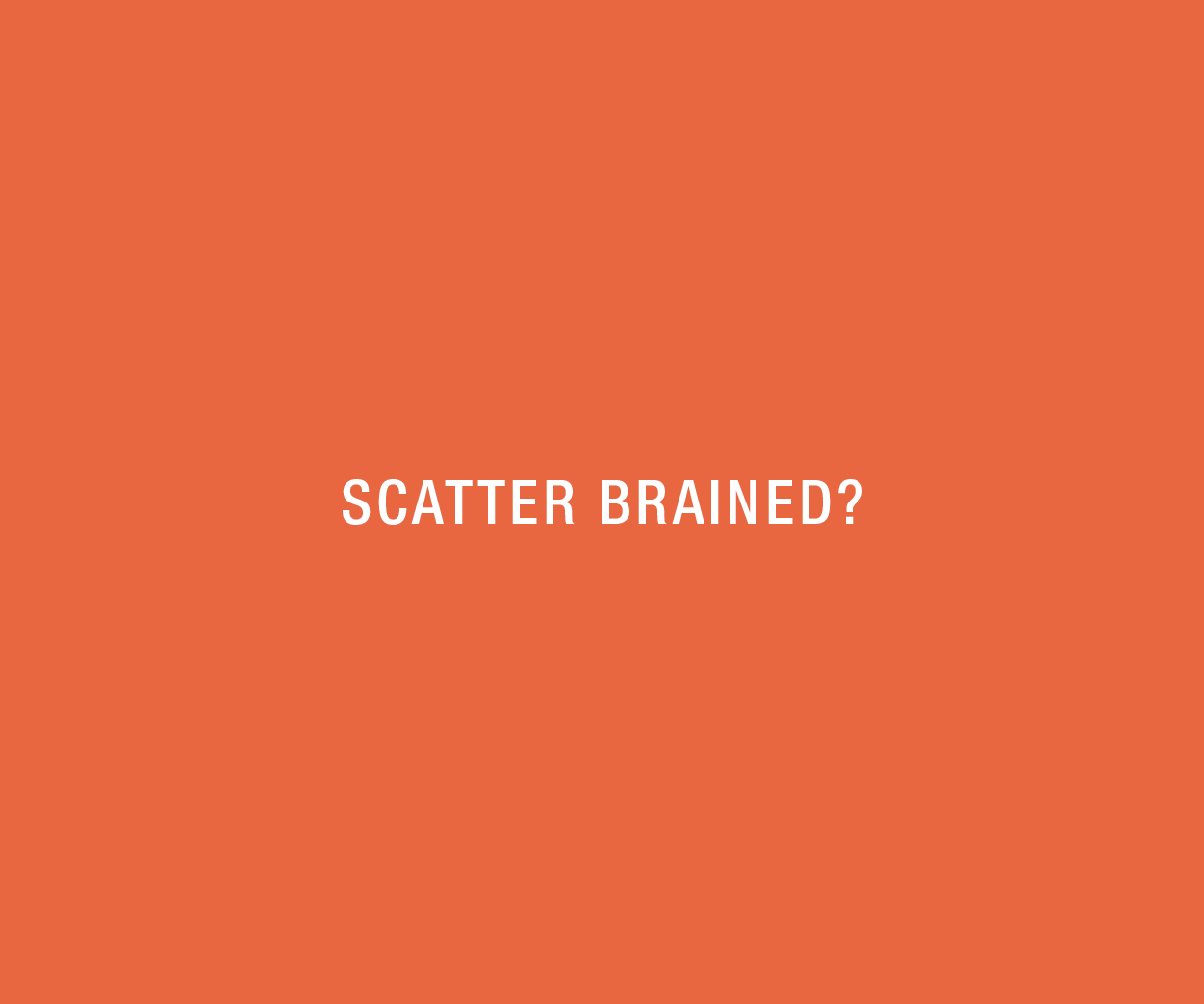
What if this hyper-connectivity is leaving us more disjointed, disorganized, and disengaged than we thought? Worse, what if this “plugged-in” culture puts our physical and mental health at risk? New research is calling bluff on the notion that multi-tasking gets more items done on the to-do list. In fact, our productivity plummets by as much as 40 percent when we rapidly switch between tasks. That’s because more than juggling several tasks at the same time, we’re interrupting ourselves, switching back and forth, and losing time. The more you try to multitask, the more inefficient you train yourself to be. The distraction from an email or a phone call can drop your IQ by 10 points—the equivalent of missing a night of sleep or twice as much as the effect of smoking marijuana.
Multitasking has also been linked with serious consequences on the brain and body. Its effect on the brain’s grey matter disrupts cognitive control and regulation of motivation and emotion. Chronic multitaskers have been shown to have weaker memory and are more likely to be distracted as they lose the ability to judge the difference between important and less important tasks. The list goes on—multitasking is associated with reduced relationship satisfaction, chronic stress, depression, and social anxiety.
So, what does this mean for designers and how can we shape spaces that are healthier and more responsible while still acknowledging the need for a modern workplace?
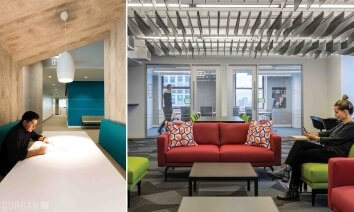
Designing for Humans
At Corgan, we respond to the real and subconscious need by creating spaces that remind and empower us to manage the demands and intensity of today’s workplace. Instead of performing several simultaneous tasks that are mismatched for their environment, a range of “settings” or “micro-zones” that specifically support different activities throughout the day—collaboration for 2-3 colleagues, one-on-one conversations, focused individual tasks—empowers staff to select the best option for dedicated work. In the process, it’s important to find a balance between “we” and “me” spaces to carve places where staff cannot only work together but can also find alone time to focus, personally regroup, or disconnect and find their inner Zen.
Research shows that the proximity and a smooth spatial connection between these microzones are key. Keeping “me” spaces such as comfortable, individual pods with small desks or “wellness rooms” near collective work areas, encourages use of the space, makes it easier to stay connected while stepping away, and keeps the importance of personal well-being front of mind. A spatial connection also allows workers to easily navigate from activity to activity; to collaborate, learn, socialize and rejuvenate. There is no cookie-cutter solution. Rather, using successful workplace strategies and understanding our client’s needs can create “neighborhoods” that will allow workers to organize tasks while helping make connections between different responsibilities and activities.
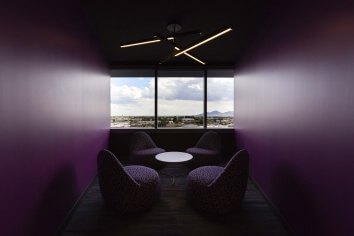
The next generation of mindfulness
After designing over 50 million square feet of workplace interiors in the past five years including the first WELL Certified building in Texas, Corgan is empowering clients with the research and expertise they need to prepare for the next generation of healthy, more human buildings. With employees spending 90% of their time indoors, Corgan and WELL help clients identify common shortcomings and practical, budget-friendly interventions to care for their building’s biggest asset—the people inside.






